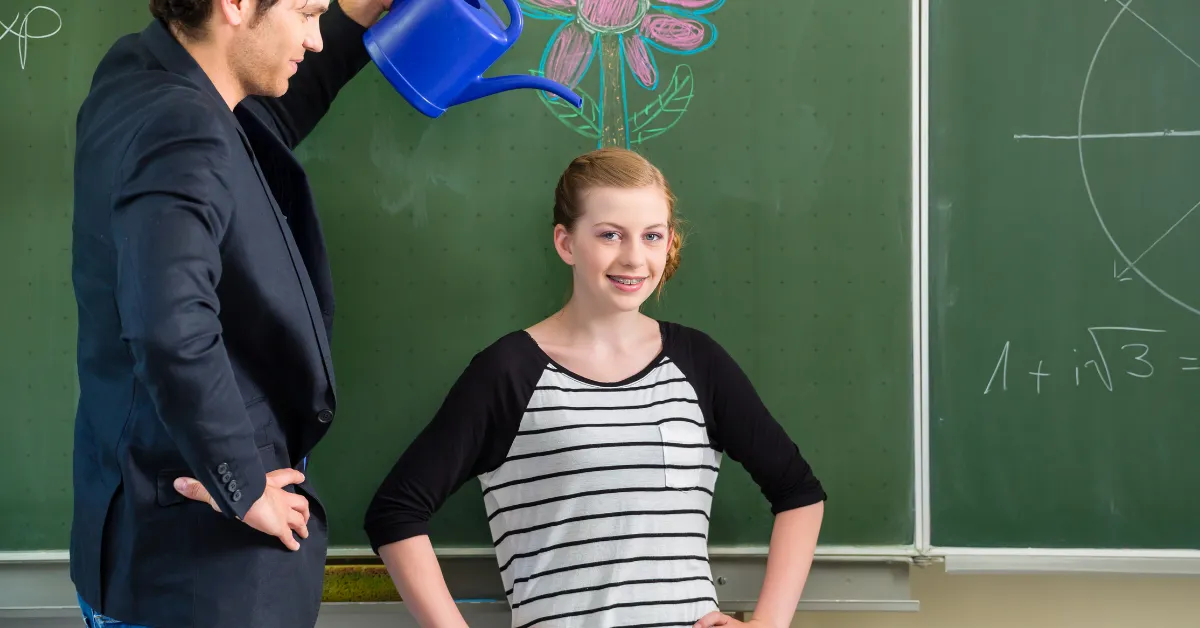In every classroom, where one child gets excited at the mention of a question, the other child sinks into his seat, hoping the teacher won’t call up on them. If you’re on the lookout to find out ways you could motivate the less enthusiastic students, this is where you need to understand the importance of encouragement, structure, and sometimes, a bit of fun.
Most effective tips to motivate students
Read below this article to explore some of the most effective tips to motivate students.
Realistic Goals
While setting goals is important, what's more important is setting realistic expectations. Unattainable goals for students may feel like reaching to the moon without a rocket. Thus, by breaking large tasks into manageable ones, you can help students build confidence at every step they achieve.
Did you know that according to a study by the University of Rochester, students who set goals that align with their personal interests are 55% more likely to achieve them?
Therefore, another important trick is to infuse learning with games. And don’t forget to give small rewards for every task they complete.
The Growth Mindset
One of the most important approaches is to praise effort, not just results! Fixed mindset vs. growth mindset—it’s a hot topic in education these days, and there’s a good reason for it.
According to Psychological Science, students with a growth mindset outperform their peers academically by as much as 25%.
In fact, a growth mindset encourages students to view challenges as opportunities to learn rather than reasons to give up. This shift in thought really makes a big difference in situations when a student feels stuck.
Ultimately, it’s not about being the best but showing constant improvements over time.
Positive Classroom Environment
If you dive back to your own school days, probably your favorite teacher made you feel comfortable, encouraged, and safe. The key is to build a positive classroom environment that inspires students to take risks, ask questions, and engage fully in the learning.
You can start each day with a warm greeting and let students know it’s okay to ask for help, creating opportunities for students to support each other. After all, there’s nothing like a team effort to get kids excited.
Learning to Be Relevant
If you often notice your students murmuring, ‘Why do we even need to know this?’ It's a sign that the content feels disconnected from their world.
And motivation often reflects the relevance of what is being taught. So if your students don't understand how the lesson applies in real life, chances are their efforts and interest would not last long.
In fact, according to the Journal of Educational Psychology, students who see real-world relevance in their lessons have much higher chances to remain engaged throughout the school session.
Peer Collaboration
Did you know that according to the National Education Association, collaborative learning increases student engagement by up to 50%?
Peer learning is indeed powerful when it comes to motivation and learning. Moreover, students are probably more motivated when they’re working together towards a shared goal.
You can conduct group discussions or review sessions where students can help and support one another. Surprisingly, this approach focuses more on encouraging the students to feel responsible for their classmates’ success as well as their own.
Takeaway
Motivating students to achieve their best is not easy. However, it's not impossible either. Blending in encouragement and support together with learning, setting realistic goals, and creating a positive collaborative environment in the classroom can be a game changer when it comes to motivating students. After all, nothing is better than cheering your students on in small wins and reminding them of their potential at every step.






